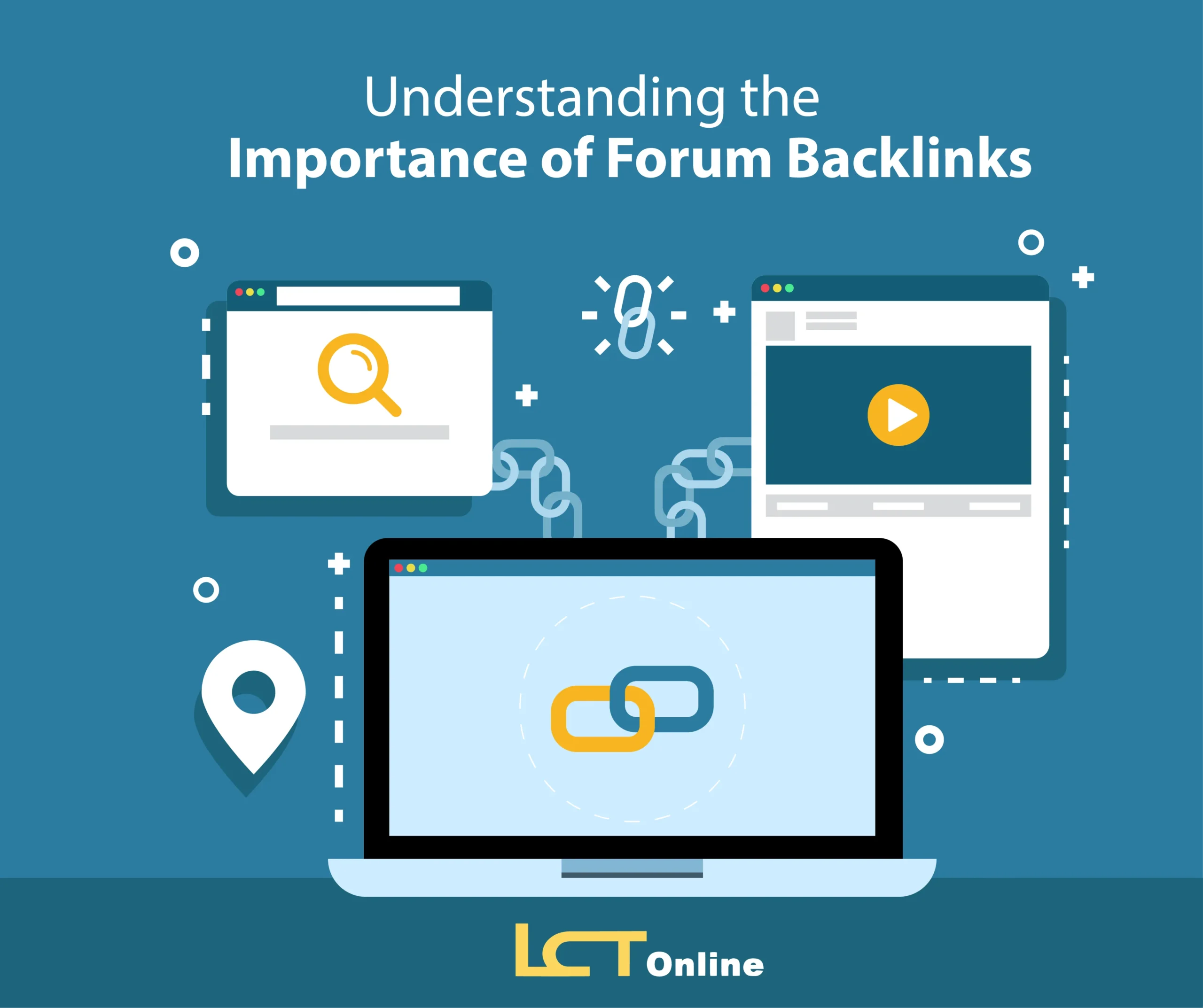Introduction
In the world of search engine optimization (SEO), backlinks are often considered the backbone of ranking success. Simply put, a backlink is when one website links to another. For Google and other search engines, backlinks act like votes of trust—the more high-quality links a site has, the more likely it is to rank higher.
But building backlinks isn’t just about numbers. It’s about quality, relevance, and consistency. That’s why digital marketers, entrepreneurs, and bloggers constantly seek effective strategies for building backlinks that actually deliver results.
This article explores 10 proven strategies to help you create backlinks that strengthen your online presence, attract organic traffic, and improve long-term visibility.

1. Guest Posting on High-Authority Sites
One of the most reliable ways of building backlinks is through guest posting. By writing valuable content for authoritative websites in your niche, you can earn backlinks while positioning yourself as an expert.
How to Do It
- Identify blogs with high domain authority (DA).
- Pitch unique content ideas.
- Add contextual links naturally within the content.
Guest posting remains a powerful white-hat backlink strategy that delivers both referral traffic and SEO benefits.
2. Broken Link Building
Broken link building is a clever tactic where you find broken links on relevant websites and suggest your own content as a replacement.
Steps:
- Use tools like Ahrefs or Check My Links to spot broken links.
- Reach out to the site owner and notify them.
- Suggest your content as a replacement.
This strategy helps the website owner fix a problem while giving you a backlink opportunity.
3. Skyscraper Technique
The Skyscraper Technique is about improving upon existing content that already ranks well.
How It Works:
- Find high-performing articles in your niche.
- Create something more detailed, up-to-date, or visually engaging.
- Reach out to sites linking to the original article and share yours.
By offering superior content, you increase your chances of earning backlinks naturally.
4. HARO (Help a Reporter Out)
Journalists and bloggers often seek expert opinions for their stories. Platforms like HARO connect experts with reporters.
Why It Works
- You get backlinks from news outlets and authority sites.
- Your brand gains credibility through media mentions.
HARO is a goldmine for professionals who want authoritative backlinks.
5. Resource Page Link Building
Many websites maintain resource pages where they list useful guides, tools, or references.
Steps to Build Links Through Resources:
- Search Google for “your keyword + resources.”
- Find relevant pages in your niche.
- Suggest your content as a valuable addition.
If your content genuinely helps users, webmasters are more likely to link to it.

6. Creating Linkable Assets
A linkable asset is a piece of content designed specifically to attract backlinks.
Examples:
- Infographics.
- Industry research reports.
- Case studies.
- Free tools or calculators.
When your content is highly valuable, people link to it naturally.
7. Blogger Outreach Campaigns
Building backlinks often requires direct communication. Blogger outreach involves connecting with influencers, webmasters, and niche leaders.
Best Practices:
- Personalize your emails.
- Offer genuine value.
- Suggest collaborations instead of demanding links.
Outreach, when done right, can yield strong, long-lasting backlinks.
8. Directory and Local Citations
For local businesses, directory submissions are still relevant.
Examples:
- Google Business Profile.
- Yelp, Yellow Pages.
- Niche-specific directories.
While low-quality directories should be avoided, trusted directories provide legitimate backlinks and visibility.
9. Leverage Social Media and Forums
Although most links from social media are nofollow, they can still drive traffic and encourage others to link to your content.
Platforms to Consider:
- LinkedIn for professional content.
- Reddit for niche discussions.
- Quora for answering relevant questions.
By being active on platforms, you can build awareness and attract organic backlinks.
10. Testimonials and Reviews
Companies love displaying testimonials from customers. By offering a testimonial, you can often get a backlink in return.
Example:
- If you use a SaaS tool, send them a testimonial.
- They may feature it on their homepage with a backlink.
This strategy builds trust and earns backlinks effortlessly.
Common Mistakes in Building Backlinks
- Relying on spammy link farms.
- Buying low-quality links.
- Over-optimizing anchor text.
- Ignoring the relevance of linking sites.
Building backlinks is about quality over quantity. A few links from trusted websites are far more valuable than hundreds of spammy ones.

The Role of Backlinks in SEO
Backlinks remain a top-ranking factor in Google’s algorithm. But their true value lies in:
- Driving referral traffic.
- Increasing domain authority.
- Building brand credibility.
Proven strategies that boost rankings instantly in SEO often revolve around building backlinks the right way—organically, ethically, and strategically.
Best Practices for Sustainable Link Building
- Focus on content quality first.
- Build relationships with other site owners.
- Diversify your backlink sources.
- Track your backlinks with tools like SEMrush or Ahrefs.
- Update old content to keep it relevant.
Conclusion
Building backlinks is not just an SEO tactic—it’s an essential part of long-term digital growth. By applying strategies like guest posting, broken link building, resource page outreach, and creating linkable assets, you can secure high-quality backlinks that elevate your rankings.
Remember: SEO is a marathon, not a sprint. With consistent effort and ethical practices, building backlinks will position your site as an authority and attract organic growth for years to come.








